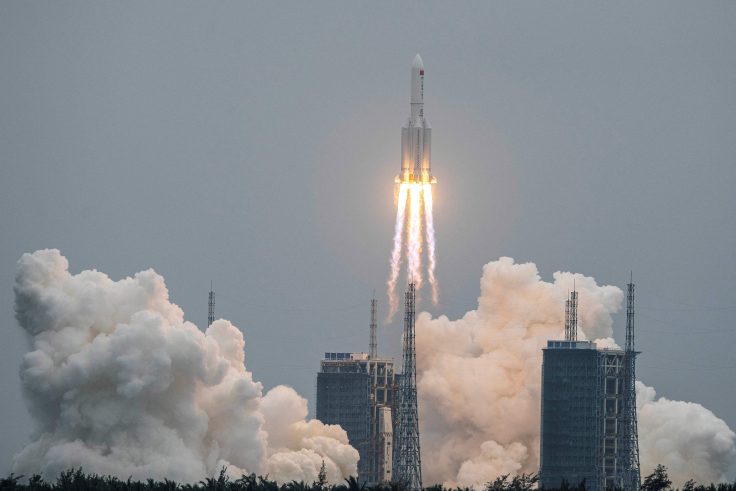China successfully launched the main elements of its independent space station late Wednesday night, a major step in Beijing's goal of having a fully independent space station by 2022.
The Tianhe module, which will house computing technologies and living space for Chinese astronauts aboard the space station, blasted off from southern China. The module is the first of 11 launches the Chinese space agency plans to undertake to put its space station—called Tiangong, or the heavenly palace—into operation by the end of 2022. The launch also presents security concerns, as many of the technologies China uses in outer space have military functions.
Deputy chief designer of the space station Bai Linhou said the space station will further the cause of China’s space ambitions.
"We will learn how to assemble, operate, and maintain large spacecraft in orbit," Bai said. "We aim to build Tiangong into a state-level space lab supporting the long stay of astronauts and large-scale scientific, technological and application experiments."
The successful launch marks the latest advancement in China’s space program, which has rapidly gained steam under Chinese president Xi Jinping. China has the second-largest constellation of satellites in the world and deployed a moon probe in November 2020 to collect lunar samples, the first of its kind since 1976. A senior Pentagon official told the Washington Free Beacon in September that China is working toward "space great power status."
